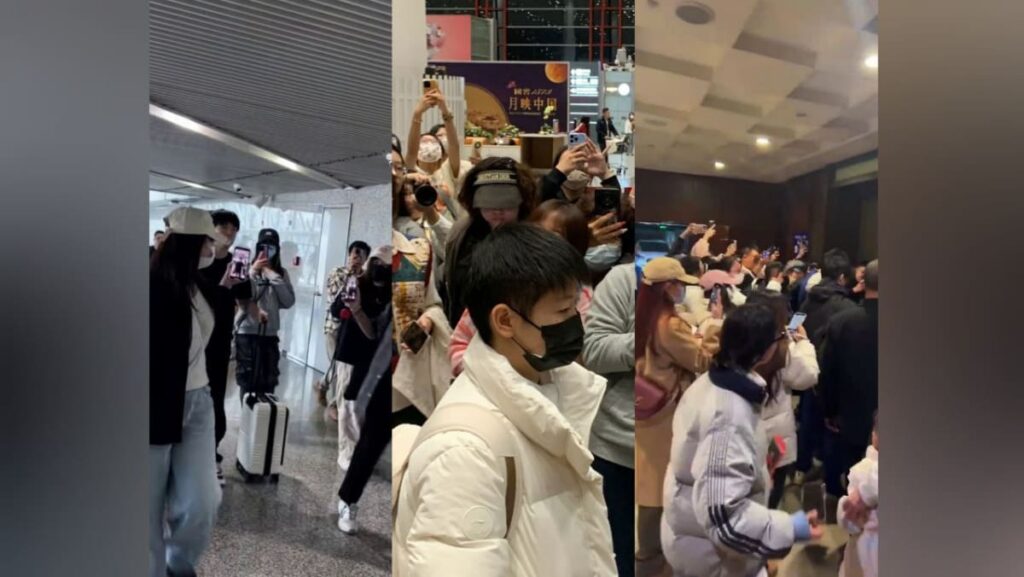Compared to legacy media such as ESPN, where sports fans used to “passively” receive news of their favourite athletes, social media allows fans to follow the athlete closely, she added.
“With social media, you can interact with an athlete, even if it’s unlikely they will respond. However, because of this (possibility), it strengthens the parasocial interaction with the athlete,” Chen Zhijing said.
FAN MISCONDUCT WITH CHINESE CHARACTERISTICS
Toxic sports fandom is not exclusive to China. Celia Lam, a professor from Wenzhou-Kean University in Zhejiang, pointed to Australia as an example, where indigenous players in Australian rules football have faced racist abuse from spectators.
But experts say the phenomenon is more visible in China, amplified by the country’s vast online population and a data-driven, idol-style fan economy that elevates top athletes to celebrity status, with big-brand sponsorships and lucrative endorsements.
“(In China), a celebrity’s value is judged by the volume of data associated with them,” said Lam, who is also dean of the College of Liberal Arts at Wenzhou-Kean University.
Fans are encouraged to constantly produce online content or engage in activities to achieve “good figures” for the celebrity they support, she further noted, referring to engagement metrics that signal an athlete’s popularity.
For example, in the 2023 Sports Awards on microblogging site Weibo, users voted paddlers Sun and Wang as the most popular female and male athlete respectively.
However, it also means opposing fan groups use the same space, which can result in “fan skirmishes”.
“While fan activity is more varied and nuanced than these fan conflicts, it is the conflict that tends to be highlighted because they are often more intense and visible,” Lam said.
Similar patterns are evident in other East Asian idol industries.
Chen Zhen Troy from RMIT University Vietnam pointed to the harassment faced by celebrities in K-pop and J-pop, even to the point of suicide, highlighting how these incidents have inspired television dramas aimed at raising awareness about the invasion of celebrities’ private lives.
“However, in China, the rapid marketisation of media and the deepening of promotional culture have created a complex landscape.”
Chen Zhen Troy further said that South Korea and Japan have “relatively well-established” media regulations and legal protections for public figures, supported by “mature PR and marketing ecosystems”.
“Athletes often work with experienced media advisers and branding professionals who help manage reputational risk, public relations, advertising partnerships, and even broader nation-branding efforts – as evident in the global success of the Korean Wave (Hallyu),” he said.
“In contrast, China’s evolving media environment involves a more ambiguous relationship between state regulation, market forces, and fan (self) governance, where interventions appear more top‑down and not as proactive.”
Read the full article here

